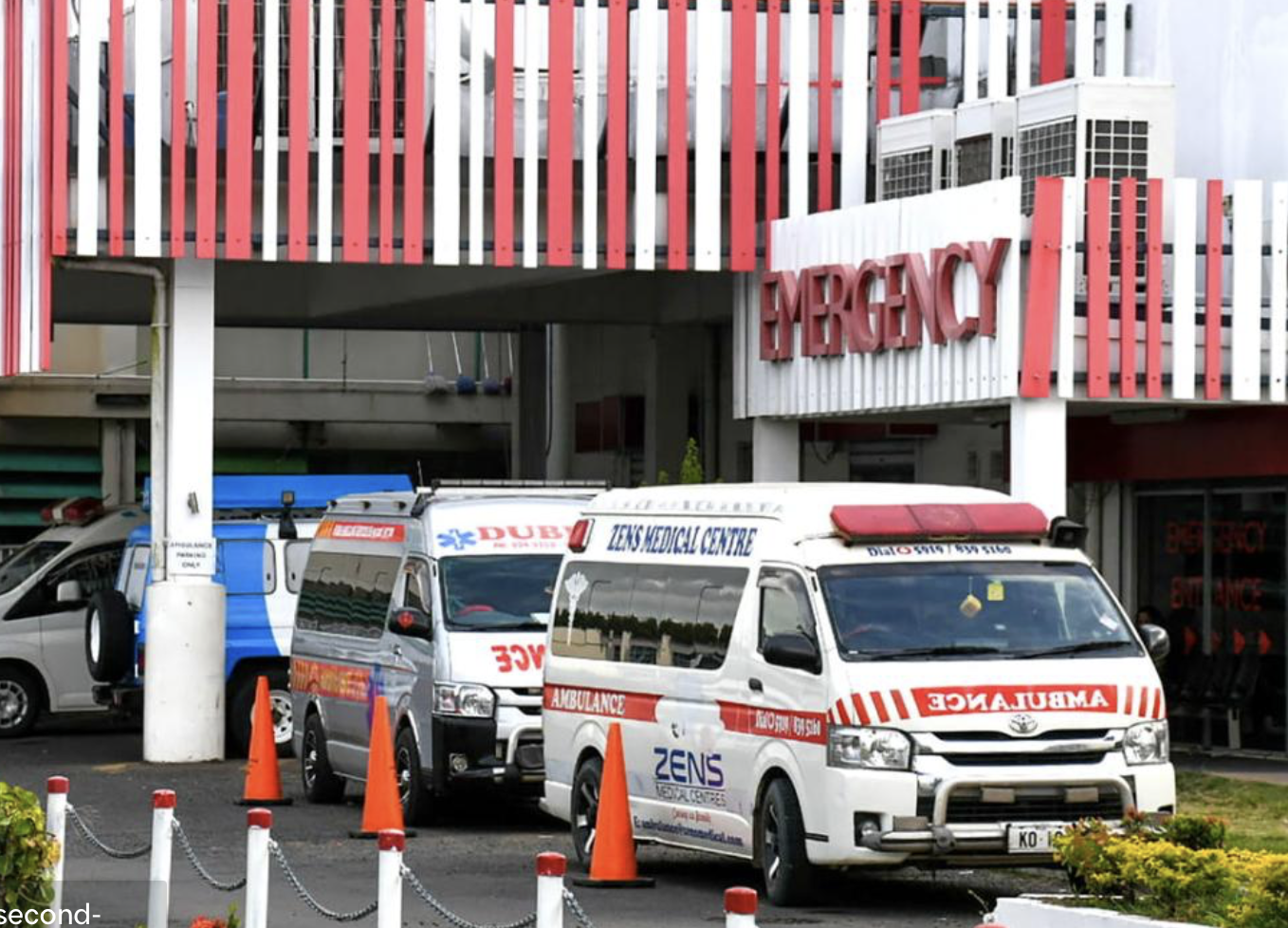Located in the Polynesian area of the Pacific Ocean, Tonga is an archipelago of 169 islands with a population of about 108,000 people. The life expectancy at birth in 2022 was 71 years.
The country experiences high emigration with an annual net outwards migration rate of 17.8 per 1,000. The population growth rate is estimated to be -0.1%. The percentage of literacy, immunization, deliveries with a skilled birth attendant and access to water and sanitation is almost 100%.
Health system and noncommunicable diseases
The Ministry of Health of Tonga, explains an article in The Kingdom of Tonga Health System Review, administers and delivers preventive and curative public health services in Tonga, as mandated by the Health Services Act.
The article also states that
- Health care is decentralized and managed geographically through four health districts
- The rise in noncommunicable diseases (NCDs) challenges the health system, with ischaemic heart disease, diabetes, stroke, and lower respiratory infections being leading causes of mortality
- Given Tonga’s commitment to universal health care, the government should explore alternative financing and enhance efficiency, especially through preventive health initiatives.[1]
Government as main funder of health system
Tonga’s health system focuses on primary care, prevention, and community engagement, prioritizing equity and sustainability.
[1] Rodney, A., Sione Hufanga, Viliami Ika, Sela Sausini Paasi, Paula Vivili, Tu’akoi ‘Ahio, & Mafi Hufanga. (2015). The Kingdom of Tonga Health System Review. In M. Whittaker & A. Rodney (Eds.), Health Systems in Transition (Vol. 5, Issue 6).
[2] World Health Organization, Global Health Expenditure Database, Indicators and Data (choose country)

